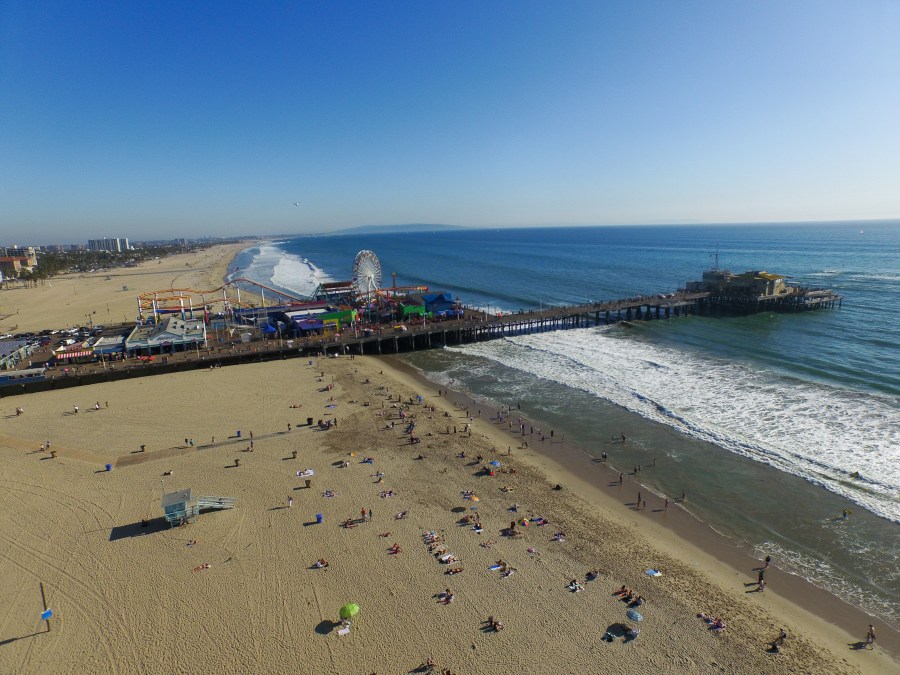While California’s famous coastline is a popular destination for residents and tourists alike, especially during the summer, some may want to reconsider cooling off in the Pacific Ocean to escape the summer heat.
Ten beaches, including one in Los Angeles County, were named on the “Beach Bummer List” as part of Heal the Bay’s 35th annual report card. The list outlines the 10 most polluted beaches in California.
This year’s Beach Bummers, ranked by bacterial pollution:
1. Playa Blanca, Baja California, Mexico
2. Santa Monica Pier, Los Angeles County
3. Tijuana Slough at Tijuana River, San Diego County
4. Chicken Ranch Beach, Marin County
5. Linda Mar Beach at San Pedro Creek, San Mateo County
6. Erckenbrack Park Beach, San Mateo County
7. Tijuana Slough, north of Tijuana River, San Diego County
8. Border Field State Park at Monument Road, San Diego County
9. Imperial Beach at Seacoast Drive, San Diego County
10. Pillar Point at Harbor Beach, San Mateo County
“Despite years of investment to address chronic pollution, the iconic Santa Monica Pier continues to be plagued by high levels of fecal-indicator bacteria. During the summer dry season, Santa Monica Beach at Pico Boulevard (south of the pier) received a grade of B, while the area at Wilshire Boulevard (north of the pier) received an A-plus. The Santa Monica Pier itself received an F grade, placing it on Heal the Bay’s annual Bummer List,” the report said.
However, it’s not all bad news. Sixty-two out of over 500 monitored beaches in California earned a spot on the Honor Roll, a significant improvement from just 12 beaches last year.
Southern California was well represented on the honor roll list, including:
- 34 beaches in Orange County
- 12 beaches in San Diego County
- Seven beaches in Los Angeles County
- Five beaches in Ventura County
- One beach in Santa Barbara County
Three beaches from Northern California, one from San Francisco County, and two from San Mateo County were also included on the honor roll list.
The report noted that the improvement is likely due to drastically lower rainfall during the 2024–25 rainy season, which helped reduce urban runoff. After storms, pollutants such as harmful bacteria, trash, and chemicals from city streets often wash into the ocean via storm drains.
Also, the water quality grades in this report are based solely on 2024 data monitoring fecal indicator bacteria. They do not include tests for heavy metals or other pollutants that entered the ocean following the January Palisades and Altadena wildfires. That report can be found here.
The full Heal the Bay report card can be found here.
